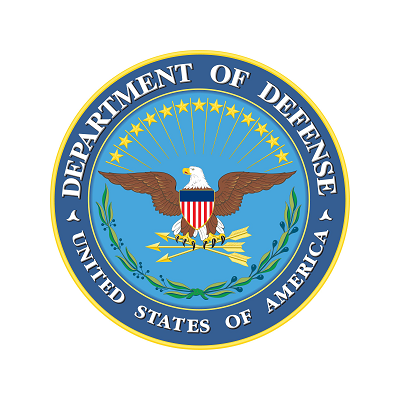MIL-STD 461 RE103
DEPARTMENT OF DEFENSE INTERFACE STANDARD MIL-STD 461 RE103 Radiated Emissions, Antenna Spurious and Harmonic Outputs This test procedure is used to verify that radiated spurious and harmonic emissions from transmitters do not exceed the specified requirements. Applicability This requirement may be used as an alternative for CE106 when testing transmitters with their intended antennas. This requirement is met if the emissions do not exceed the applicable RE102 limit in transmit mode. CE106 is the preferred requirement unless the equipment or subsystem design characteristics preclude its use. RE103 should be the preferred method for systems using active antenna or when the antenna impedance has a non-standard impedance curve. The requirement is applicable from 10 kHz to 40 GHz and not applicable within the bandwidth of the EUT transmitted signal or within ±5 percent of the fundamental frequency, whichever is larger. For Navy shipboard applications with peak transmitter power (PtPk) greater than 1 kW, the 5% frequency exclusion is increased by an additional 0.1% of the fundamental frequency for each dB above 1 kW of peak power. Frequency Exclusion = ±f * (0.05 + (0.001/dB) * (PtPk [dBm] - 60 [dBm])) Depending on the operating frequency range of the EUT, the start frequency of the test is as follows:
| Operating Frequency Range (EUT) | Start Frequency of Test |
| 10 kHz to 3 MHz | 10 kHz |
| 3 MHz to 300 MHz | 3 MHz |
| 300 MHz to 3 GHz | 1 MHz |
| 3 GHz to 40 GHz | 10 MHz |
- Measurement receiver
- Attenuators, 50 ohm
- Antennas
- Rejection networks
- Signal generators
- Power monitor

